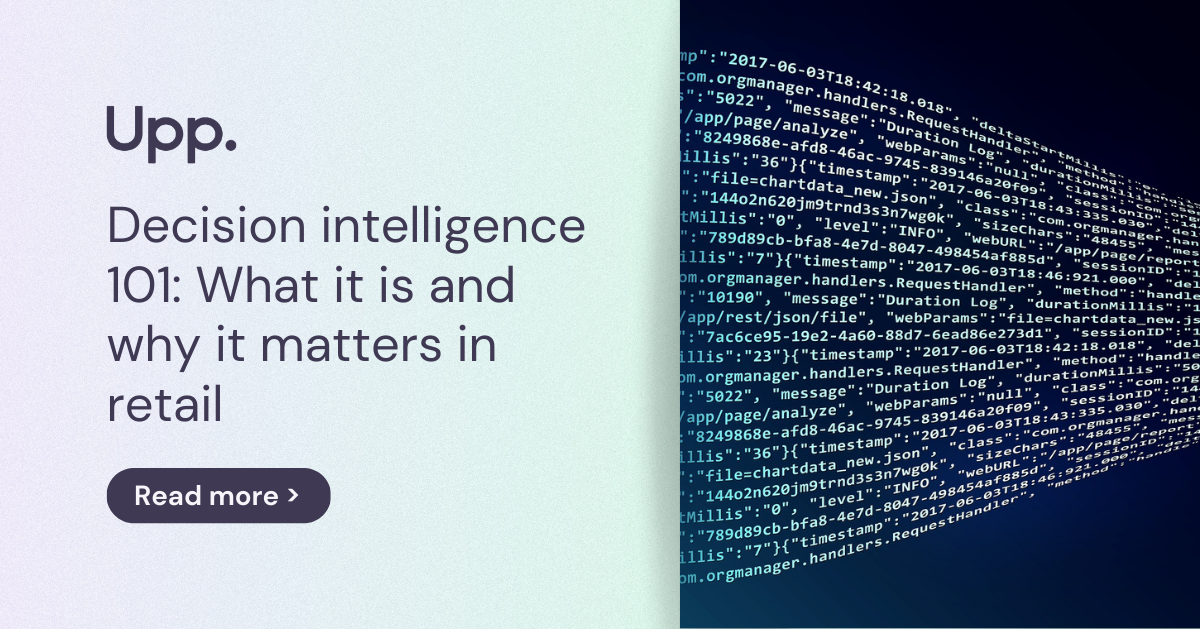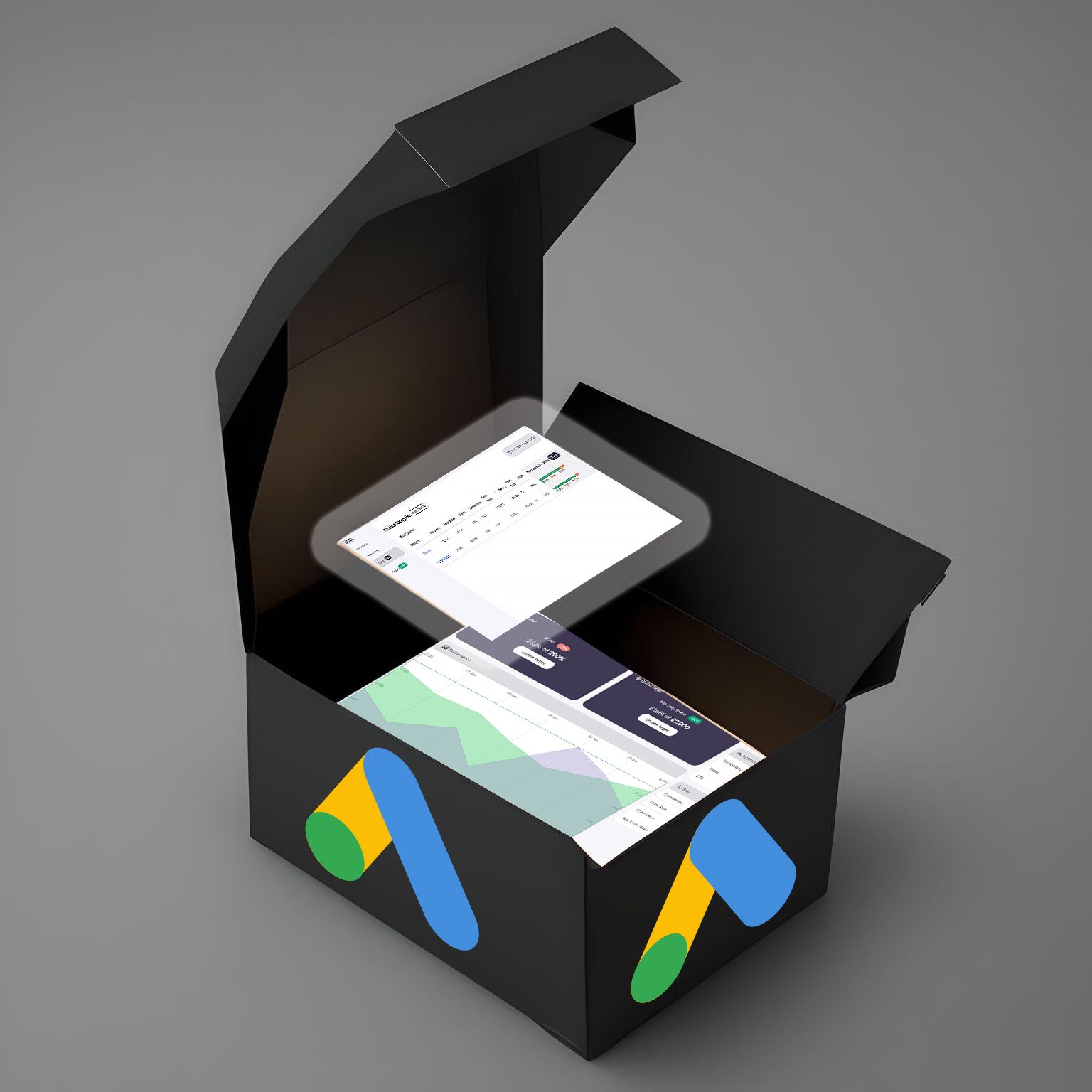How AI SEO Software is Reinventing Black Friday for Retailers
Generative artificial intelligence (AI) technologies, such as ChatGPT, MidJourney, Google Bard, Bing Chat, and GPT-4, have completely transformed the world of marketing and creative content development.
Search Engine Optimisation (SEO) has been hugely impacted. We’re witnessing groundbreaking developments in SEO content generation, task automation, and sophisticated data analytics. These advancements have significant implications, particularly for retailers poised to integrate cutting-edge technology to gain a competitive edge.
Historically, the pursuit of SEO visibility for high-stakes sales events like Black Friday and Cyber Monday hasn’t been easy. The Search Engine Results Pages (SERPs) have been overwhelmingly dominated by established brands. These retail giants have substantial market advantages, mainly driven by their high domain authority and widespread brand recognition. This makes it an uphill battle for emerging brands to achieve any meaningful traction in terms of organic traffic.
This has led to quite a stagnant SEO landscape, where innovation is stifled owing to the dominance of entrenched players like River Island and Boohoo. These large-scale retailers, fully aware of their advantageous position, have shown little incentive to deviate from their established SEO practices. The outcome has been a continual recycling of existing landing pages, with limited investment in new, inventive strategies.
However, the paradigm is shifting. The integration of artificial intelligence into SEO strategies is not merely an incremental change; it represents a foundational transformation.
Upcoming changes to Google’s Search Generative Experience (SGE) are set to further recalibrate the architecture of SERPs. This will profoundly affect consumer behaviour and necessitate a re-evaluation of organic search strategies for retailers.
To explain the magnitude of these shifts, this article will provide an in-depth analysis of how AI is revolutionising the world of SEO.
Moreover, we will look at the consequential impact on retailers during peak sales events. As the dynamics of SEO are redefined, the implications for retailers – especially during the commercially critical periods – are too significant to be ignored.
Therefore, a comprehensive understanding of these changes is not merely advantageous; it is imperative for sustained success.
SGE Transforming Organic Shopping Experience
GoogleIO 2023 was arguably the most important to date. Bing shares had been skyrocketing due to their early partnership with OpenAI and early Bard rollouts had been disappointing.
GoogleIO was a turning point in an AI-driven battle being fought out on Wall Street. Google first announced Search Generative Experience (SGE) at this event, and there are a few key points we’ve highlighted for retailers looking to steal an advantage in the run-up to the hard launch of the new Google.
Organic Shopping to Dominate SERPs
The well-known series of blue hyperlinks will make way for a highly interactive SERP. Picture a magazine spread of products to choose from; highly visual, pricing displayed clearly and a curation of products suited to the search intent.

Source: Google
Not only that, but users will be able to add a product to their cart directly from the SERP. This is likely to have a significant impact on conversion rates and drive retailers to focus more on organic shopping than has historically been the case.
Google will take all of your product data and position itself as a publisher – laying out product descriptions so they’re easily readable without additional clicks, giving more space to imagery and even suggesting related products if you carry on scrolling.
There are some key elements to take note of here:
- Firstly, you’ll need all of your products marked up with schema. This should be an absolute priority in the run up to SGE. Generating schema markup for thousands of product pages can be a big job – this is where AI steps in. With tools such as Taskade, you input your website, select the type of schema that you need to add, and let the AI generate your markup en masse.
- Your Google Merchant feed data and structured data markup are intertwined. If the data in both is out of sync, your ads campaign will not run, so you’ve got to tie the two together and ensure your data is congruent.
- Generative AI is somewhat average at writing longform blog posts, and it certainly does not have the ability to tackle niche topics that need expertise. However, it’s worth using AI to help you generate product descriptions and meta descriptions on a large scale, while running a conversion rate analysis. SGE will give a lot of space to product descriptions, as we’ve seen in Google’s snippets, so this will be absolutely critical in terms of tweaking your copy for the optimum conversion rate.
Connect GPT4 with Google Sheets using OpenAI’s API, and prompt GPT4 to create variations of your existing descriptions. They will need tweaking with a human touch, but you can reverse engineer your prompt once you’ve tweaked your description and got what you want.
Bing Chat and Google Bard to Recommend Related Products and Services
While shopping for products using Bing Chat and Google Bard, users will have the option to browse through ‘related products’ that have been suggested by the AI models. Language Learning Models (LLMs) are adept at recognising semantically related text, identifying patterns, and connecting entities; all of which facilitate the ‘related product’ feature.
This places even more emphasis on topical clustering and creating semantically relevant content according to your industry. Outputs matter more than ever, so look at your content strategy and ask the following questions:
- Do we have pillar posts for every category of product that we sell?
- Are we continually improving our internal linking strategy, with a strong site hierarchy in place?
- Do we have a keyword clustering plan, allowing us to develop a high level of authority in each area?
- Is our content output where it needs to be, to allow us to achieve a robust content hub around each product category?
Remember this: AI has no intellectual standing in reality. It learns from language.
If you’re creating 40 high quality blog posts a month on running trainers and you sell running trainers, plus you’re interlinking them all and featuring the articles across all of your social channels? You’re signalling to Google that you are an expert in your field and the go-to retailer for knowledge on running trainers.
As a result, Google and Bing AI are absolutely clear as to what you do and where your website is relevant for search results.
SEO tool Keyword Insights can build keyword clusters and facilitate content brief creation. Once you have a solid content brief, you can use tools like ByWord or Koala Writer to build content at scale. While the quality of your blogs will need tweaking with a human touch, ignoring AI content tools will only disadvantage your digital team in the long run.
Once you have a selection of blog content, you can use SEO tools like SEMrush to repurpose original content for various channels. Content design will be integral once Google launches its ‘perspectives’ search tab, so you’ll need to invest resource into designing your content for individual social platforms and users.
Automation and Audience Targeting Through Generative AI
In the rapidly changing field of SEO, generative AI algorithms and automation are taking on an increasingly crucial role. Unlike platforms like Google and Bing, which focus more on consumer insights, tools like Upp.AI are specifically designed to analyse the performance of individual products. These algorithms allow for a nuanced evaluation of how each product fares, enabling a more targeted and effective strategy.
By supplying Upp.AI’s algorithms with specific data points – such as return rates and real-time inventory costs – retailers can generate highly targeted paid Shopping results. Consumers will then see these results at the precise moment they are actively searching, enabling a smooth and effortless conversion through to sale.
This highly targeted automated marketing approach becomes especially important during high-stakes shopping seasons. Consumers are inundated with a barrage of promotions and offers during Black Friday, and the ability to capitalise on fluctuating consumer trends and buying patterns – automatically – can be the difference between making a loss and turning a profit.
While AI has the capability to learn from consumer behaviour through methods like collaborative filtering, it’s important to note that Upp.AI takes a different approach. Instead of focusing on individualised consumer behaviour, Upp.AI analyses the impact of grouped consumer interactions on the saleability and profitability of a product. The platform excels in real-time analysis of product data and dynamically restructures advertising campaigns to optimise profitability.
Embrace the Future of Retail SEO with AI
The landscape of SEO and online shopping is undergoing a monumental shift, driven largely by advancements in AI technologies. Gone are the days when big brands could easily dominate Black Friday and Cyber Monday sales with little competition. The emergence of AI tools in SEO, including generative models like ChatGPT and others, is levelling the playing field. It’s giving challenger brands new tools to optimise their content and target customers more effectively.
With the upcoming changes in Google’s shopping experience and the emphasis on organic SERPs, retailers have new opportunities to stand out. Implementing schema markup, optimising your product descriptions, and leveraging AI and automation are no longer optional; they’re essential for success in the fast-evolving retail marketplace.
Elevate Your Black Friday and Cyber Monday Strategy with AI
AI SEO software is truly reinventing Black Friday and Cyber Monday for retailers. Don’t miss out on this transformative shift. Harness the power of AI with Upp.AI and set your business apart this shopping season. Dive into the future of retail marketing and watch your sales soar.



